Pacific Drive may be a survival game, but it's really a love story between you and your car
Pacific Drive is a run-based survival game from devs behind BioShock Infinite, Don't Starve, Mafia 3, PlanetSide 2, and Infamous: Second Son
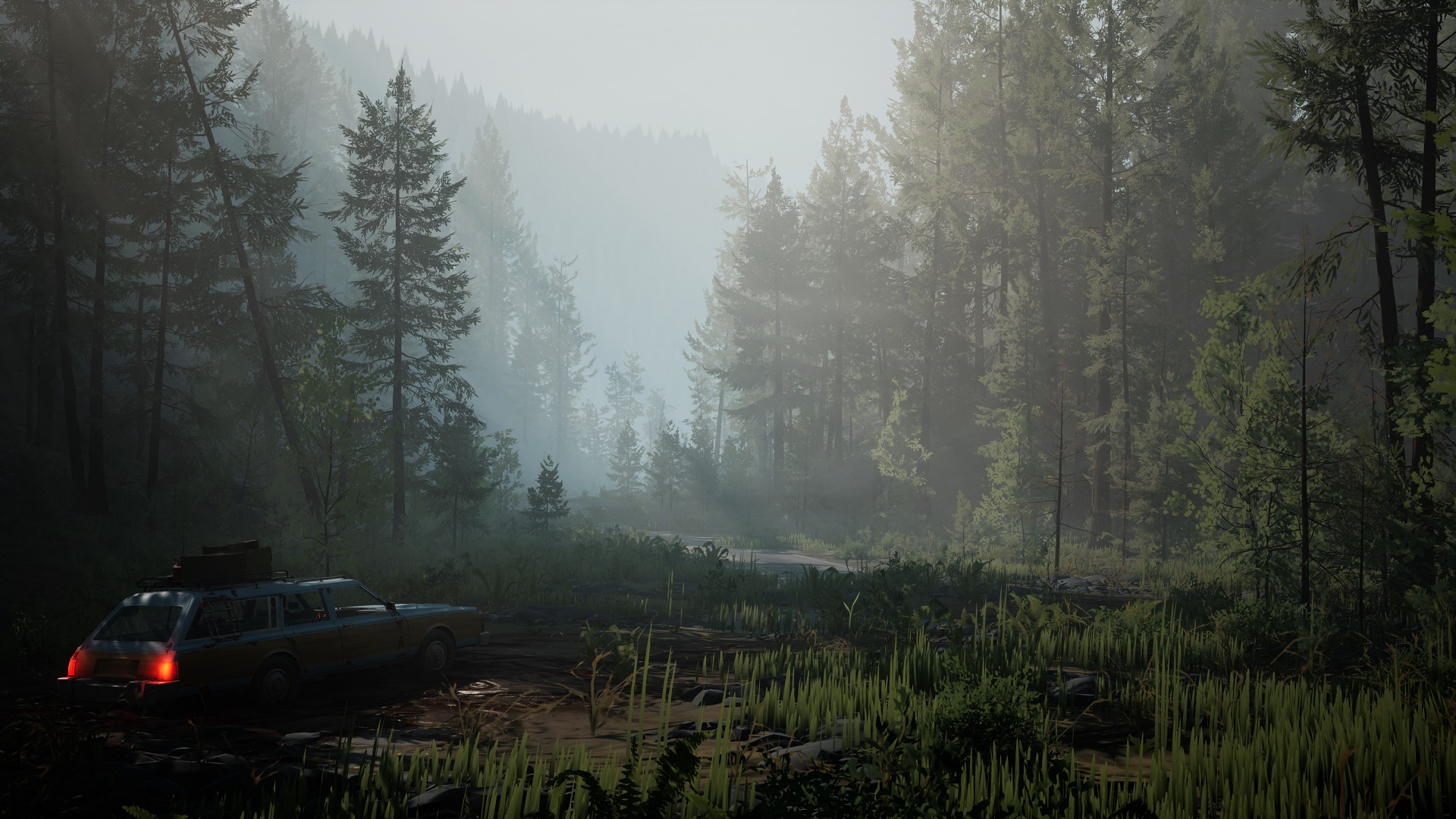
Growing up, I was the kind of kid who named the family car. The first set of wheels I remember my parents driving was a 1996 Renault Megane, that I affectionately called Flapjack. I don't know why I named it after a baked treat, but I do recall how safe I felt inside. On long drives it felt like a cozy shelter that would take me to new and exciting places, and while it was just a car, the early memories it gave me made it feel like an extension of the family. I haven't thought about that old blue Renault for a long time, but it's suddenly on my mind as the development team at Ironwood Studios guides us through Pacific Drive.
As a run-based survival driving game, Pacific Drive puts you behind the wheel of a station wagon that becomes your only companion in the surreal, mysterious and, crucially, dangerous Olympic Exclusion Zone. Survival is hinged on protecting your car, leveraging the symbiotic relationship between you and your vehicle.
"The original idea definitely came from a place of my personal history," says creative director Alex Dracott. "I grew up in Oregon in Portland, and I drove around a lot in old station wagons. It was something I did back then and I actually decided I wanted to start doing again while I was out exploring; I've got a personal hobby of going out to old abandoned places around the area. I ended up buying an old Buick LeSabre station wagon that looks very similar to this one [in Pacific Drive]. While I was out driving around in this old station wagon, I just started thinking more and more about the feeling of the space and how it is strange and it is unique, and thinking about game ideas where that could be combined with interesting systems."
Take care of it and it will take care of you
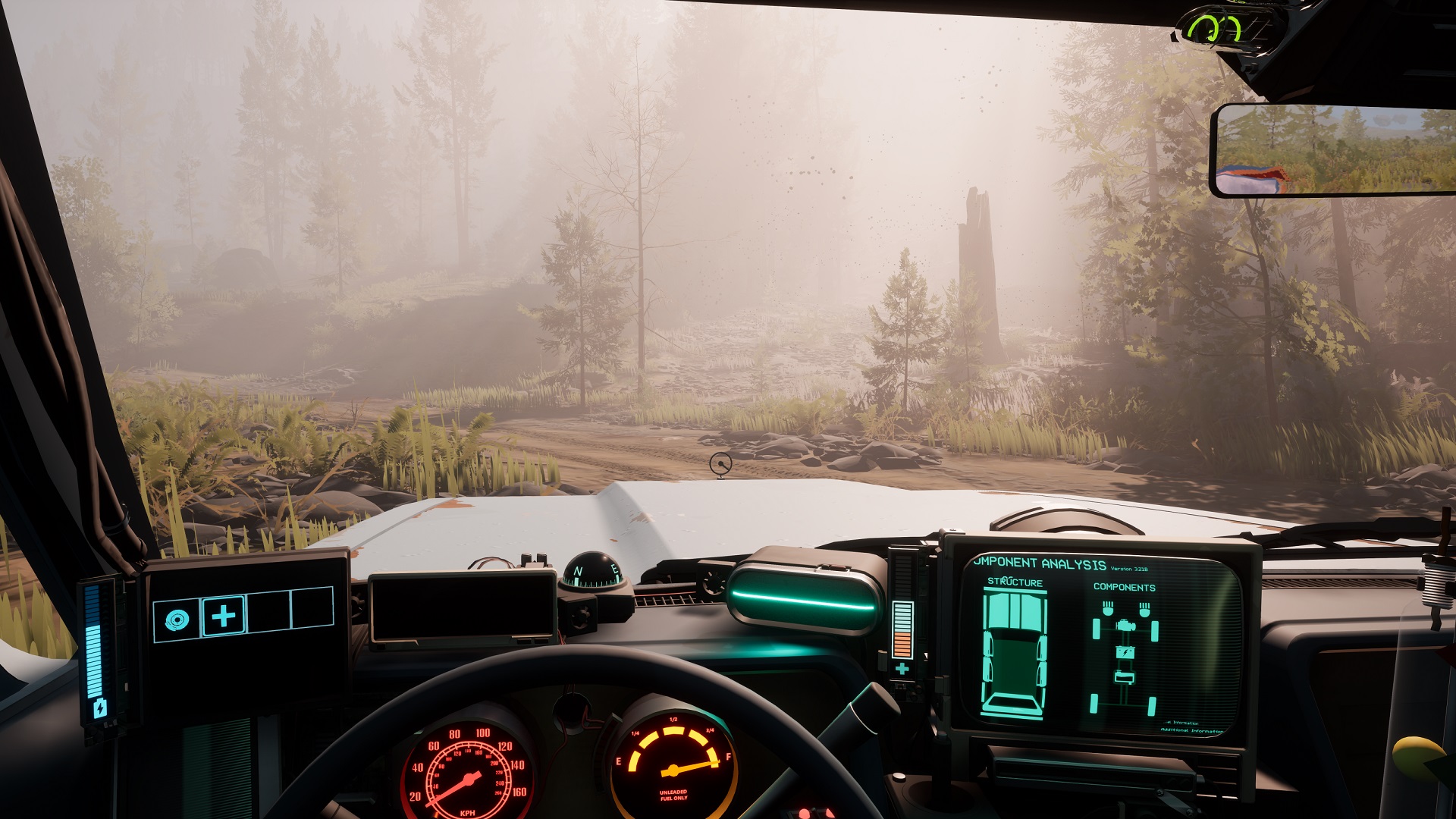
"We want the relationship you develop with your car to be really a primary factor of what this game experience is."
Seth Rosen, lead designer
Set in a reimagining of the Pacific Northwest, the preview begins part-way into the game's story where a "strange incident" has left us stranded on the far side of the zone. In an abandoned garage that serves as your home base, you find the station wagon. As Dracott teases, not everything is as it seems, and there are a lot of questions surrounding where this car came from and "what makes it special" that will drive you (pun intended) to keep exploring the Olympic Exclusion Zone. Ironwood doesn't go into too much detail about the story beyond setting the scene, but the team does reveal there are audio and text-based pieces of narrative lore that you can find as you venture to different locations that will also help flesh out the world, which only intrigues me further. Each run is randomized, and after each successful bout, you unlock more junctions on the map that allow you to access more locations.
With a first-person perspective, there's plenty to interact with inside the car – from the most obvious features that let you drive the thing, to useful gadgets such as a map that highlights points of interest, and even a little bobblehead on the dashboard that can be prodded just for fun. During the preview, we see how an average run in the zone plays out, fighting against adverse weather conditions in search of anchor energy points that grant access to end-of-run extraction gateways. The natural elements are one thing, but there are less orthodox hazards such as atmospheric shifts that deal damage too.
At one stage, a robot-like anomaly that the team refers to as an 'Abductor' uses a device to pinch the car door. You can leave the vehicle at any point, which is necessary to check the station wagon's condition and keep it in shape, or in this case, to retrieve the car door. The state of the vehicle, as lead designer Seth Rosen explains, is a key indicator of how well your run is going, and again feeds into the symbiotic relationship you share; ultimately, if you look after your car, it will look after you.
"A lot of the HUD is built diegetically into the car's dashboard," Rosen says. "And that was an affirmative and deliberate choice we made because we want the relationship you develop with your car to be really a primary factor of what this game experience is. So to help accomplish that, we're putting most of the crucial information about the state of your run in the car itself. Obviously the player has their own health bar and HUD around what tools you've got equipped and stuff like that, but the car's health is generally a better indicator of how your run is going than your own health. Because as long as the car is repaired enough and in good enough shape, it will protect you from all of the different elemental hazards and dangers the zone offers."
Sign up to the GamesRadar+ Newsletter
Weekly digests, tales from the communities you love, and more
Make a break for it
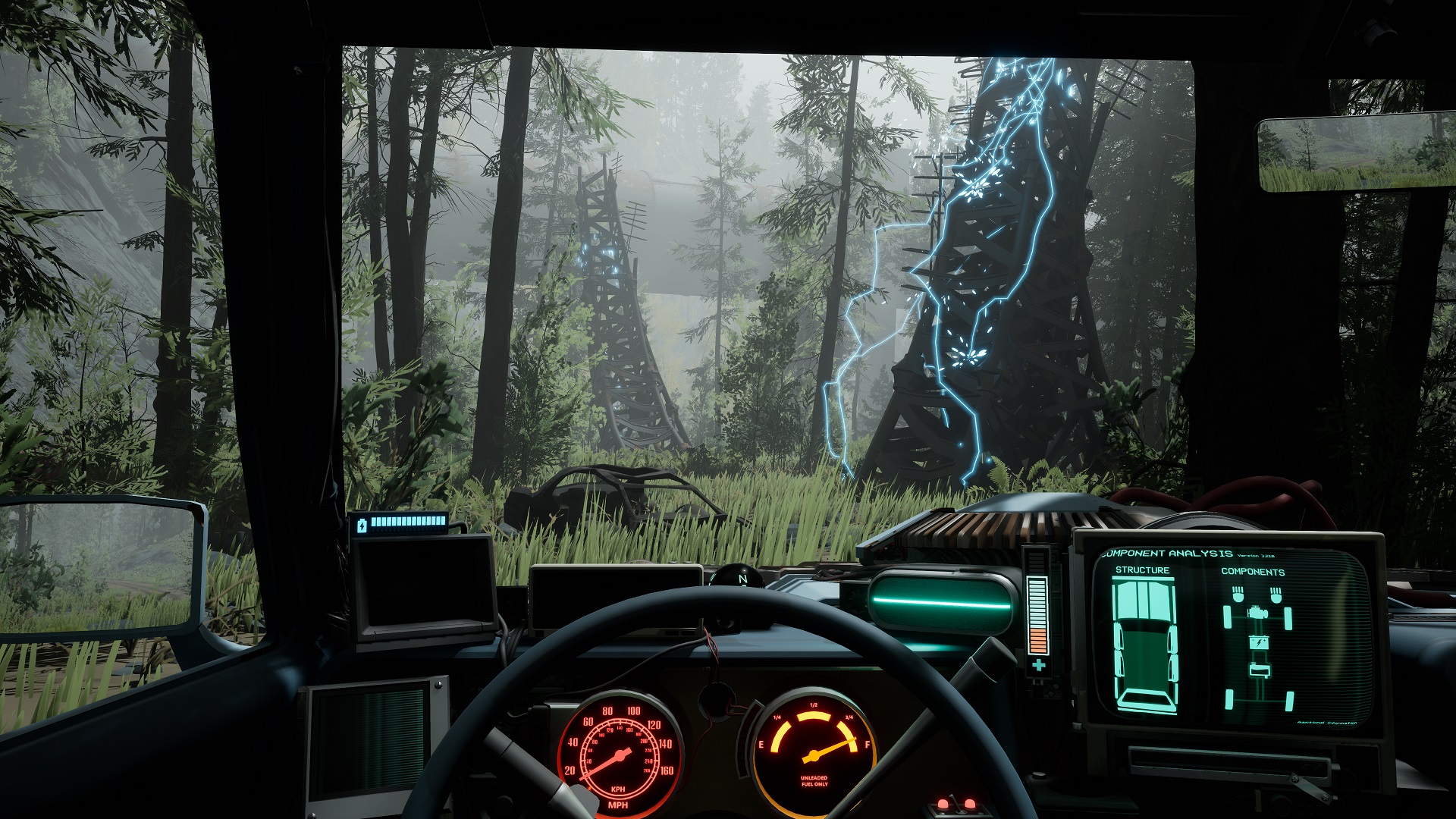
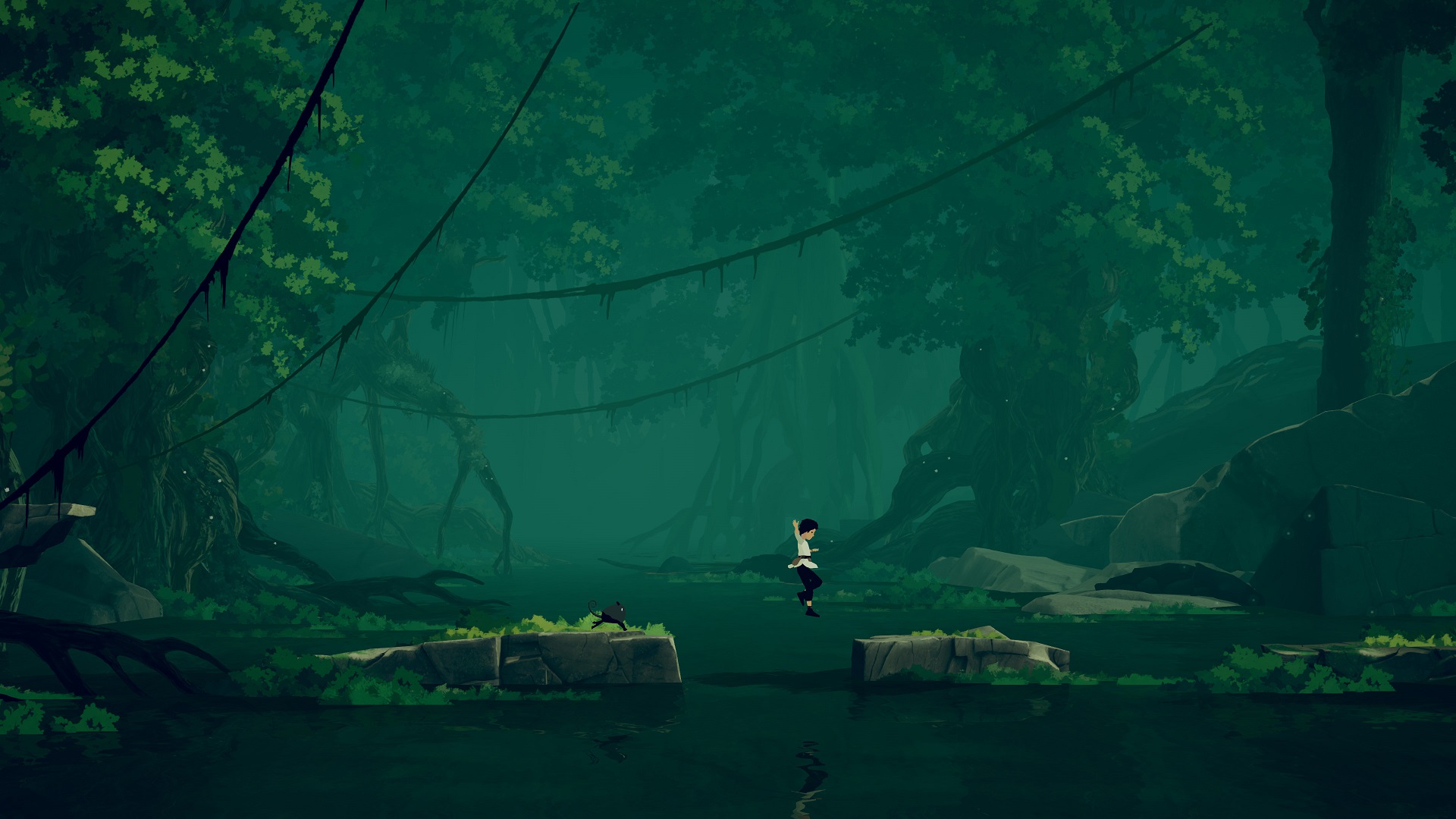
Planet of Lana draws from Limbo, Inside, and Ghibli: "Spirited Away has been a guiding star"
Once you've collected enough energy and picked a gateway on the map as your extraction point, things start to get a lot more dangerous. The zone doesn't "take kindly" to the stolen energy that's being used to open up the gateway. A red circle begins to close in on you and if you get caught in it, it'll melt your car pretty quickly. Naturally, this adds urgency to your escape – and will no doubt up the stakes when you've come across a useful resource or collectible in a zone that will unlock upon your successful return to the garage.
One of the aspects I love about Pacific Drive is the amount of customization it offers up to make your station wagon truly your own. Back at the garage, where you can repair your vehicle after a run, you can also spend time giving it a fresh look or adding enhancements. With options to change up the panels, give it a new paint job, add decals, and place various attachments on just about any part of the car, you can even swap out the steering wheel and bobblehead to add a personal touch to your trusty set of wheels.
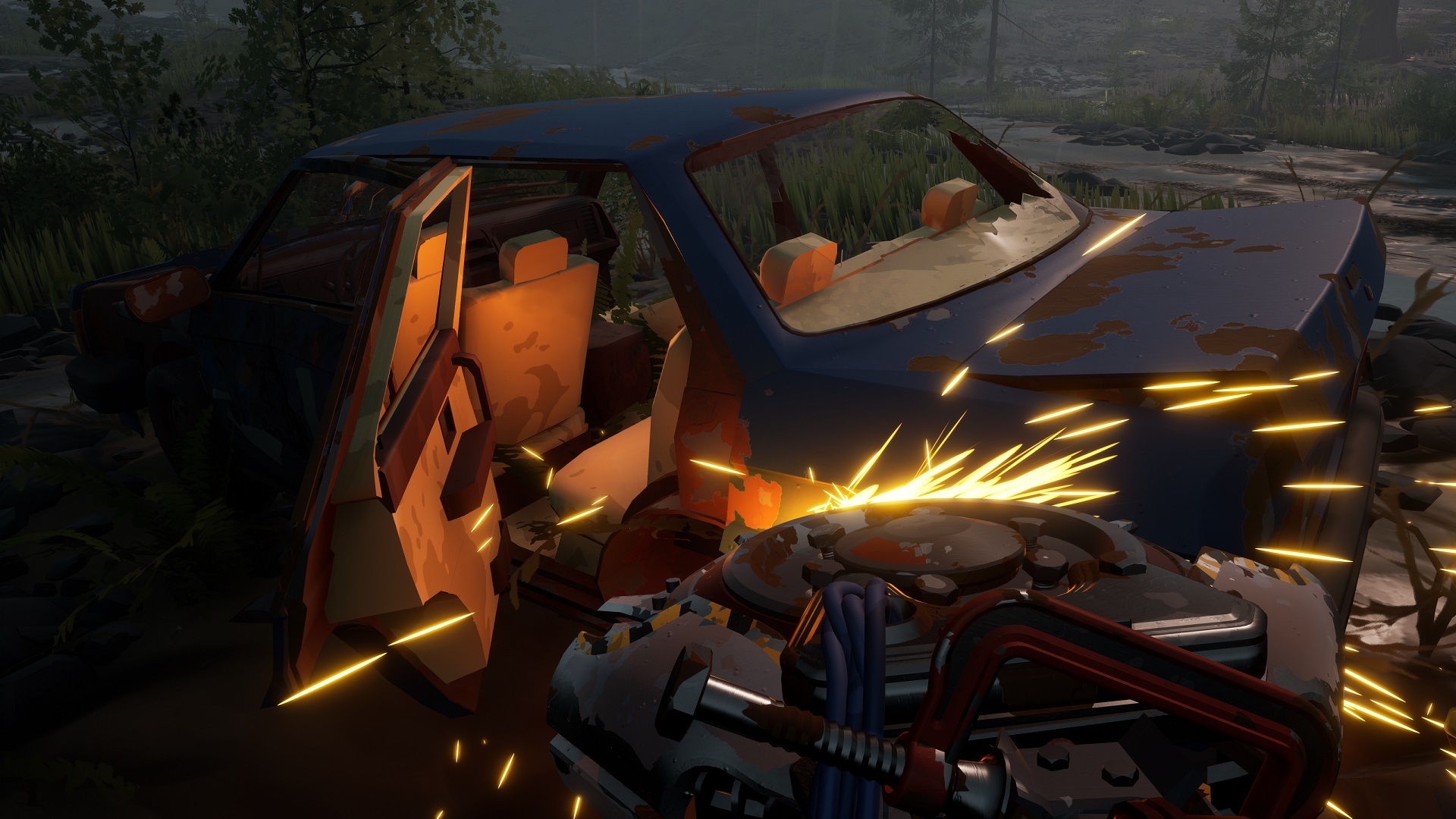
From everything I've seen of Pacific Drive so far, it's shaping up to be one of the most intriguing and unique survival games I've seen for a long time. With a team with vast experience in AAA games – Rosen's resume includes BioShock Infinite, Mafia 3, and Don't Starve; while Dracott worked on PlanetSide 2 and the Infamous series at Sucker Punch – both the concept and design look promising. And, in the same way I became attached to my childhood car, it's really the idea of the relationship between the driver and the station wagon in the name of survival that has made Pacific Drive one my most anticipated games coming to PS5 and PC in 2023.
"That relationship with the car has been an interesting thing for us over the course of development where initially we were going to plan out the game to have relatively scripted moments of effectively character building for the car in the same way maybe you would in a very traditional linear single-player game," Dracott says. "But what we found in development was that the kind of memories and the kind of stories that people were having with their car were often procedural and just happening on their own accord. Where it's like, 'Hey, I forgot to put my car in park when I was getting out to get resources, and it rolled downhill and I was chasing after it while an anomaly was chasing after me and a storm came in.'"
"Those ended up being the really strong bonding moments that people were having with their car and since that's such an important relationship for us, that's what we've doubled down on with a lot of our anomaly design and generally how we think about how something can contribute to the game experience."
Keep track of exciting releases on the horizon with our roundups of upcoming indie games, upcoming PS5 games, and new games for 2023.

I started out writing for the games section of a student-run website as an undergrad, and continued to write about games in my free time during retail and temp jobs for a number of years. Eventually, I earned an MA in magazine journalism at Cardiff University, and soon after got my first official role in the industry as a content editor for Stuff magazine. After writing about all things tech and games-related, I then did a brief stint as a freelancer before I landed my role as a staff writer here at GamesRadar+. Now I get to write features, previews, and reviews, and when I'm not doing that, you can usually find me lost in any one of the Dragon Age or Mass Effect games, tucking into another delightful indie, or drinking far too much tea for my own good.


